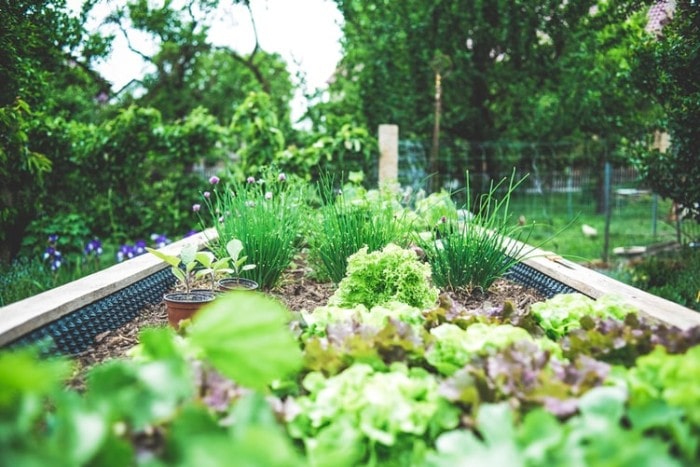
How To Start & Grow A Small Organic Vegetable Farm
Many people simply enjoy gardening and like to grow a few vegetables for their own consumption. This is admirable and there is nothing like the feeling of eating your own produce.
However, between a fragile economy and the latest issues with the COVID-19 pandemic, many of these people are now choosing to invest their time and money into starting and growing their own small organic vegetable farms.
The principle is not so different from starting an organic garden. The main difference is the funds you’ll need to get started as you’ll be looking to utilize a larger space. It’s one of the most popular ventures at the moment.
Step 1 – Decide Your Size
The first thing you need to decide is how big do you want your small organic farm to be? You’ll need to think about how many crops you wish to grow, or need to grow to make a profit. You’ll also want to consider what tools you’ll need to achieve your target and whether it can be done by yourself or if you need staff.
In short, deciding your capabilities will dictate the amount of land you’re going to need.
Step 2 – Arrange Finance
Getting an idea about the land and the crops you need to grow means you already have an idea of the profits you’ll be able to make. You’ll want to record all the facts in a projected profit and loss spreadsheet. You’ll also want to work out the cost of the land and other materials you need to get started.
Don’t be surprised if the figure goes up quickly, you may find it makes more economic sense to farm on a larger scale, economies of scale can be significant.
Having established your costs and expected profits you’ll be able to talk to specialists in agricultural finance, they’ll help you to get the funds you need to get started or grow your organic vegetable farm.
They can also be your support mechanism, helping to guide you through all the legal loopholes.
Step 3 – Choose Your Location
Having secured finance and knowing what you need to do, you’re going to need to find the right plot of land. Ideally within budget but a little larger than you need. This gives you room to grow a little extra and counteract any crop issues.
Your location needs to get as much sun as possible and be able to retain moisture. Although slopes are not the most desirable location, the land will be cheaper and, if it faces the sun, could still be very successful.
Just remember the bottom of a slope will take longer to dry out after wet weather, potentially delaying your planting season.
Don’t forget to consider how much wind the site gets, your plants won’t want too much. You’ll also want to make sure that you have easy access to water for irrigation and your tools can be driven on site.
Once you’ve chosen the site and secured the finance, you’re ready to start turning the soil and planting, it’s the beginning of a great adventure.
